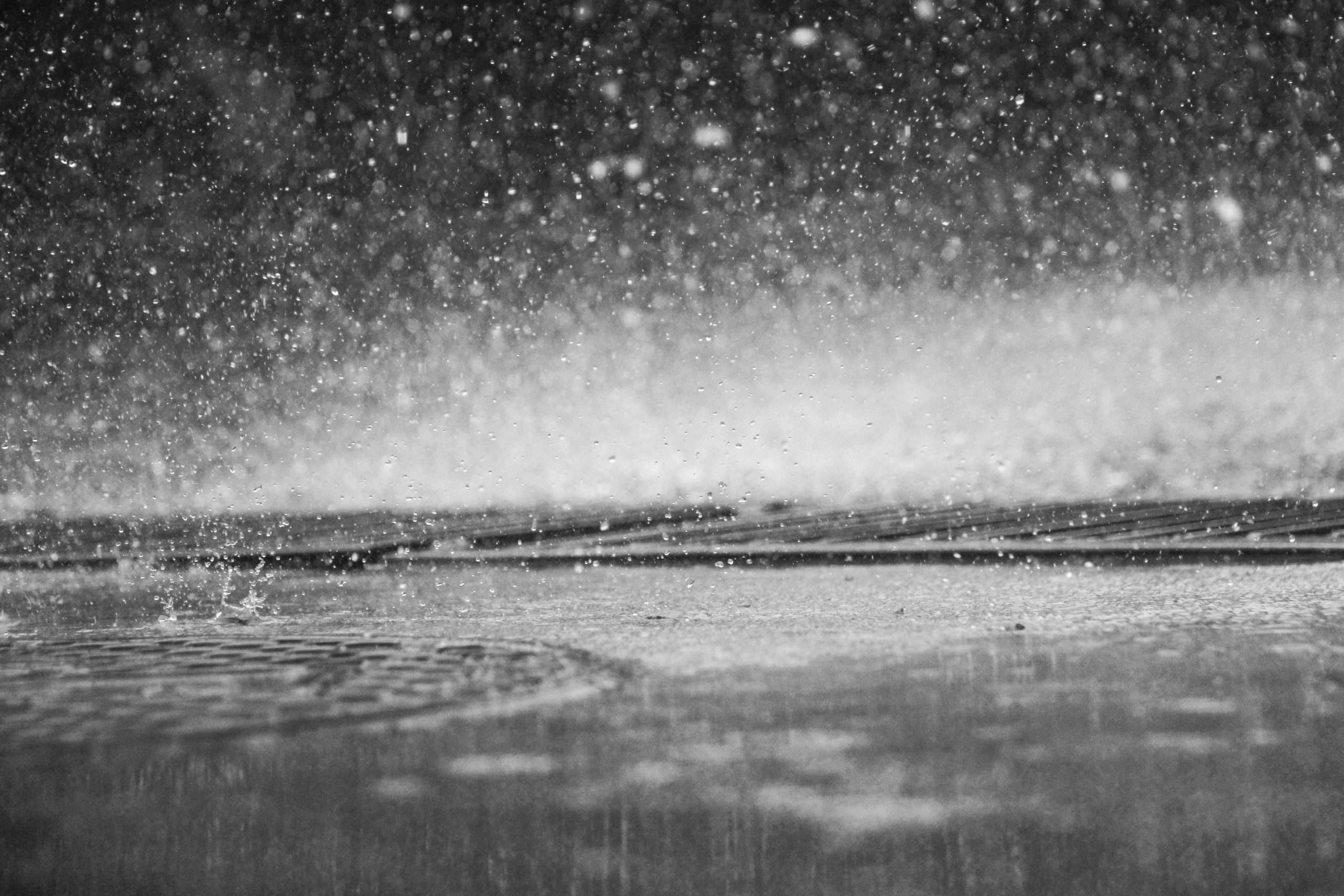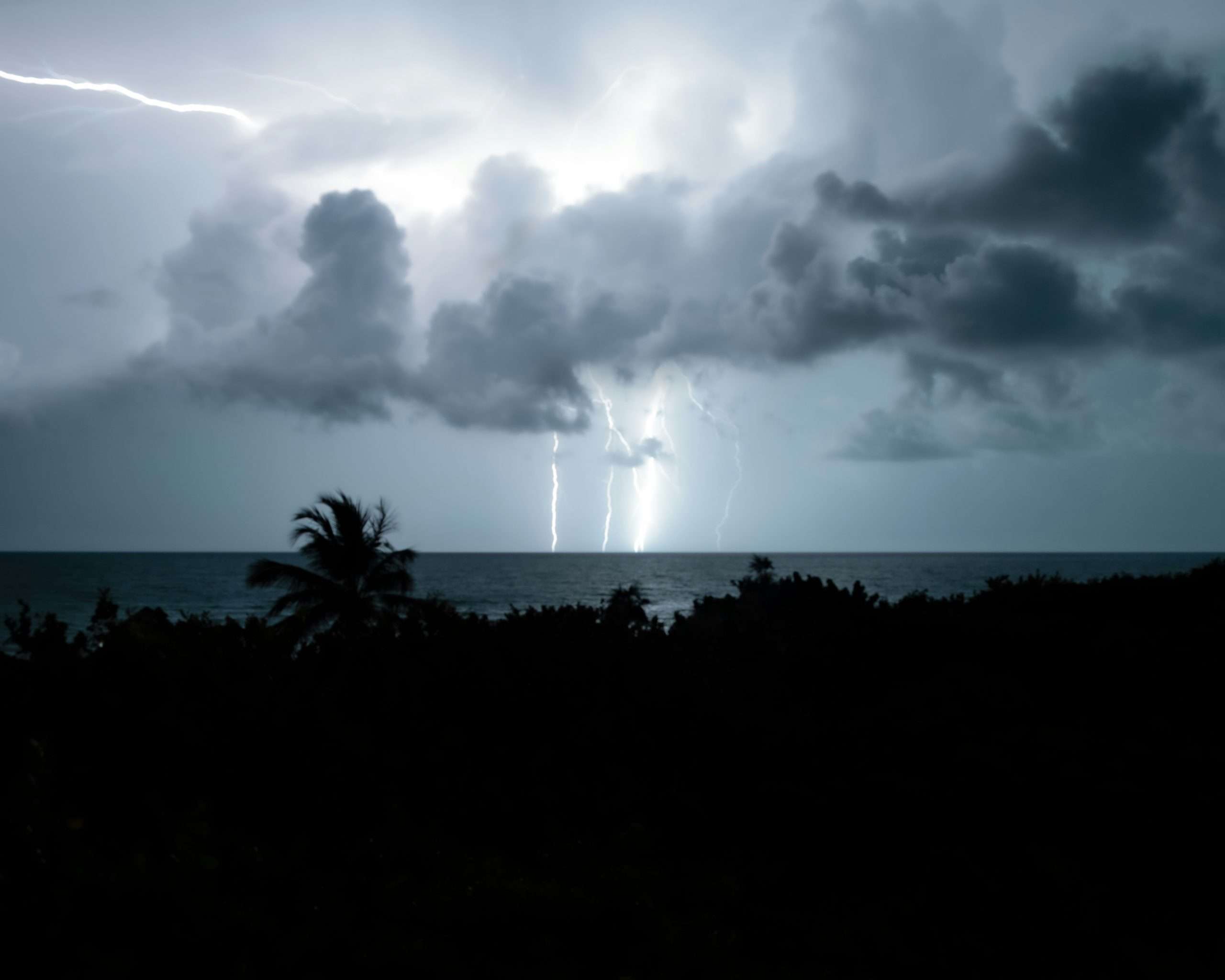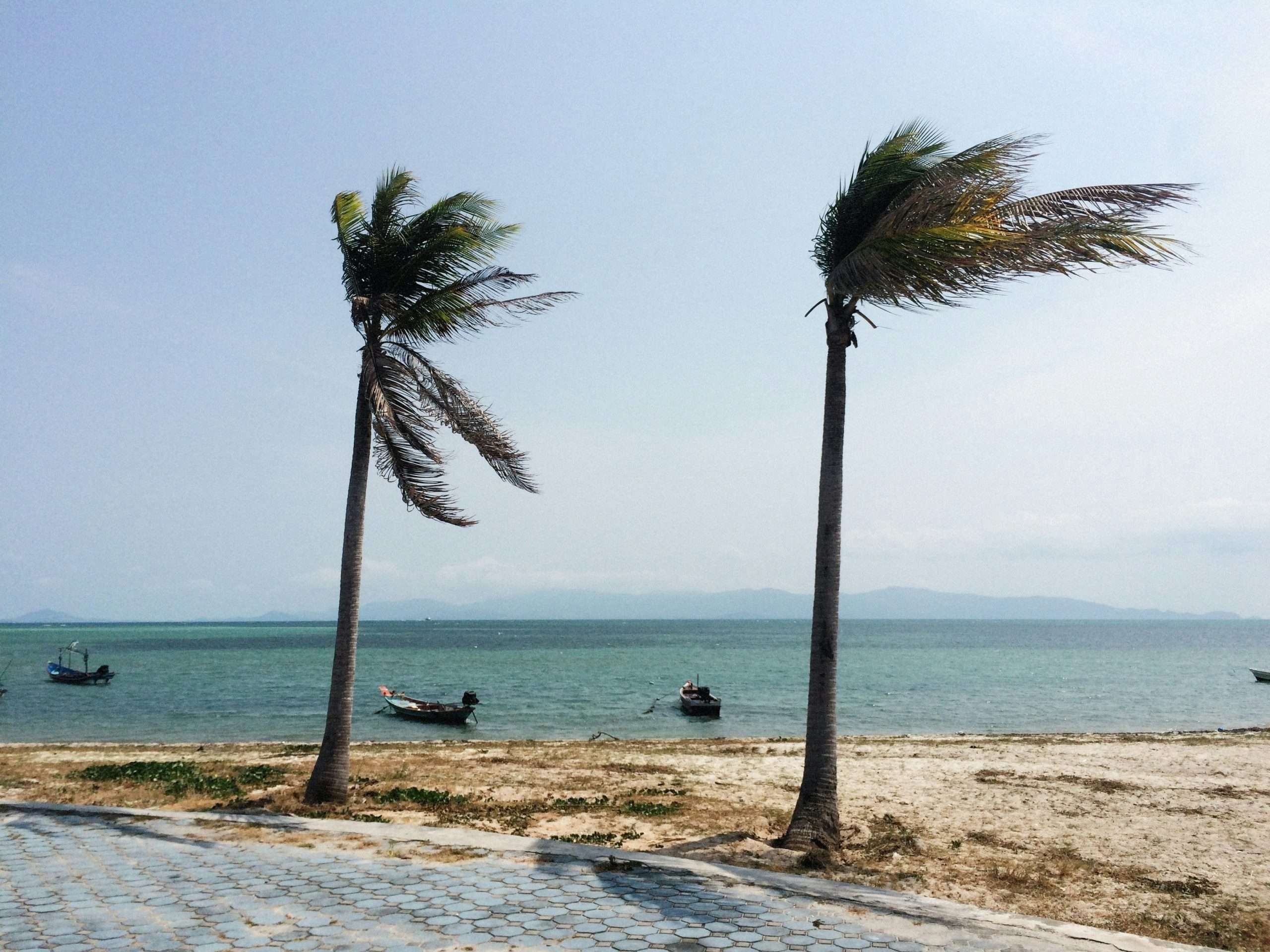Tropical cyclones, with their powerful winds and torrential rains, are among nature’s most awe-inspiring yet destructive phenomena. In the Philippines, a country situated in the typhoon belt of the Western Pacific Ocean, the Philippine Atmospheric, Geophysical and Astronomical Services Administration (PAGASA) plays a crucial role in monitoring and issuing warnings for these intense storms. Understanding the significance of PAGASA’s tropical cyclone warning signals is not just a matter of academic interest; it can mean the difference between life and death for millions of Filipinos living in vulnerable coastal areas.
What are tropical cyclone warning signals?
Tropical cyclone warning signals are crucial indicators used by meteorological agencies to communicate the intensity and potential impact of approaching storms. In the Philippines, PAGASA (Philippine Atmospheric, Geophysical, and Astronomical Services Administration) has a color-coded warning system consisting of four signal levels – Signal No. 1 indicating a cyclone within 36 hours, up to Signal No. 4 for very intense or destructive typhoons. These signals help local communities prepare and take necessary precautions in advance.
Each signal level corresponds to specific wind speeds, expected rainfall amounts, and potential damage risks from the cyclone. For instance, Signal No. 3 signifies sustained winds of 121-170 km/h which may cause significant damage to agriculture and infrastructure while Signal No. 4 warns of catastrophic destruction with winds exceeding 171 km/h and widespread power outages expected in affected areas. Understanding these warning signals is vital for residents in tropical regions to stay safe during cyclone season and minimize loss of life and property damage.
PAGASA continuously monitors weather patterns using advanced technology to issue timely warnings and updates on tropical cyclones approaching Philippine territory. By being proactive in disseminating information through various media platforms, including social media outlets, PAGASA plays a critical role in ensuring public safety during extreme weather events. As climate change continues to amplify the intensity of tropical storms globally, understanding and heeding these warning signals becomes even more imperative for at-risk communities across vulnerable regions.

Why do we need these signals?
These signals are crucial because they serve as early warnings for potentially devastating tropical cyclones. In regions prone to such natural disasters, advanced notice can be a matter of life and death. These signals allow communities and authorities to prepare, evacuate, and implement safety measures to minimize the impact of the impending cyclone.
Moreover, these signals provide a sense of urgency and seriousness that normal weather forecasts might not convey. By assigning specific colors or levels to different signals, people can easily understand the severity of the approaching storm. This visual representation helps in making informed decisions promptly and efficiently, ultimately saving lives and reducing damage caused by tropical cyclones.
Understanding the PAGASA warning signal system
PAGASA’s warning signal system plays a crucial role in alerting communities about the imminent threat of tropical cyclones. Understanding the significance of these signals can greatly aid in disaster preparedness and response efforts. The increasing frequency and intensity of tropical storms underscore the importance of being well-versed in interpreting PAGASA’s warnings correctly.
Each PAGASA signal corresponds to a specific level of danger posed by an approaching storm, ranging from Signal No. 1 (least severe) to Signal No. 5 (most severe). It is imperative for individuals residing in cyclone-prone areas to familiarize themselves with these signals, as they serve as early indicators for potential evacuation and safety measures. By staying informed and responsive to these warning signs, we can collectively mitigate the devastating impacts of tropical cyclones on lives and livelihoods alike.

Different levels of warning signals
The levels of warning signals for tropical cyclones play a critical role in alerting the public and authorities about the potential danger posed by these powerful storms. The signals are categorized into different levels, each corresponding to a specific intensity of the cyclone. Level 1 signifies relatively mild conditions with winds not exceeding 60 kilometers per hour, prompting residents to stay updated on weather advisories.
Moving up the scale, Level 2 indicates stronger winds between 61 to 120 kilometers per hour, advising people to take precautionary measures such as securing structures and preparing emergency kits. At Level 3, with winds reaching up to 170 kilometers per hour, communities are urged to evacuate if necessary and seek shelter in safer areas. It is crucial for individuals in regions prone to cyclones to familiarize themselves with these warning signals and respond accordingly to ensure their safety during such extreme weather events.
How to prepare for each signal level
Preparing for each signal level in anticipation of a tropical cyclone is vital in ensuring the safety and well-being of individuals and communities. When faced with Signal No. 1, it is essential to secure loose outdoor items, trim trees near residences, and make necessary preparations for possible power outages. With Signal No. 2 approaching, it is crucial to stock up on emergency supplies such as food, water, and medicine while also reinforcing doors and windows to withstand strong winds.
As the warning escalates to Signal No. 3 or higher, evacuation plans should be finalized with designated shelters identified beforehand. Prioritize securing important documents like identification cards and insurance policies along with gathering backpacks containing personal essentials for every member of the household. Additionally, staying informed through official updates from PAGASA and local authorities can provide critical knowledge on the cyclone’s intensity and potential impacts—enabling better decision-making during these challenging times.

Importance of heeding PAGASA warnings
Adhering to PAGASA warnings is not just a recommendation but a crucial step in ensuring the safety and well-being of individuals and communities. Disregarding these warnings can lead to disastrous consequences, putting lives at risk and causing extensive damage to properties. By heeding PAGASA alerts, we demonstrate our responsibility towards ourselves and others, showing that we value preparedness and prioritize safety above all else.
Each signal issued by PAGASA carries valuable information that can help us make informed decisions during challenging times. Being aware of these warnings allows us to be proactive rather than reactive, enabling us to take necessary precautions before disaster strikes. The importance of listening to PAGASA cannot be overstated; it serves as a lifeline in times of crisis, guiding us through turbulent weather conditions and helping us navigate through uncertainty with resilience and strength.
Conclusion: Stay safe and informed
In conclusion, staying safe and informed during tropical cyclones is crucial for minimizing the risks associated with these severe weather events. By paying attention to PAGASA’s warning signals and following their recommendations, individuals can better prepare themselves and their communities for potential impacts. It is important to stay updated on the latest developments through official sources to ensure accurate information and timely responses to changing conditions.
Remember that being proactive in preparing for a tropical cyclone can make a significant difference in ensuring safety and minimizing damage. Keep communication lines open with family members, friends, and neighbors to support each other during challenging times. By taking necessary precautions, staying informed, and working together as a community, we can mitigate the effects of tropical cyclones on our lives and properties. Stay safe, stay alert, and remember that preparedness saves lives.
